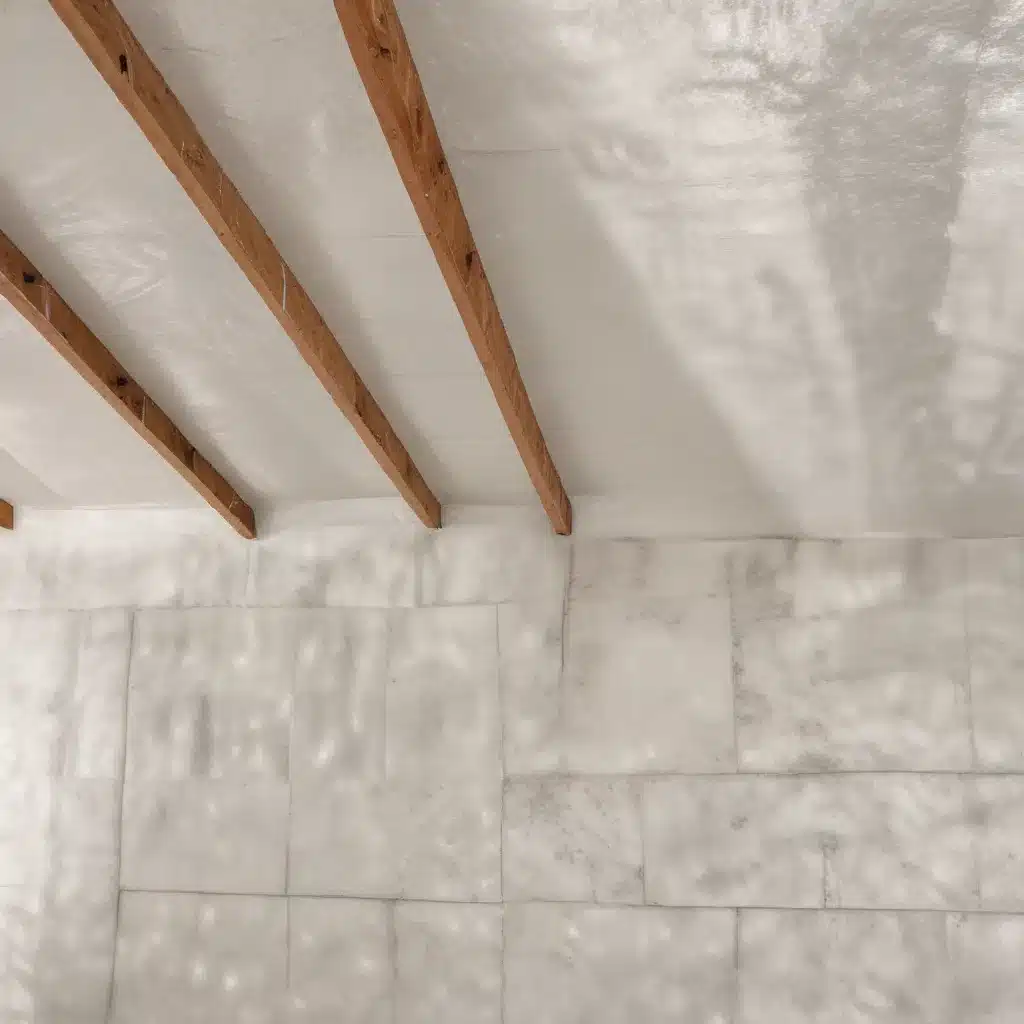
As a seasoned home improvement consultant for Reluctant Renovator, I’ve seen firsthand the transformative power of effective insulation. Whether you’re tackling a new build or a retrofit, optimizing your home’s thermal performance is crucial for energy efficiency, cost savings, and overall comfort. In this comprehensive guide, we’ll explore eco-friendly insulation options, discuss strategies to enhance thermal efficiency, and provide insights on seamlessly integrating insulation into your renovation project.
Understanding Insulation
At the heart of any high-performing building envelope lies the insulation system. Insulation is the material used to slow the transfer of heat, cold, and sound between the interior and exterior of a structure. By strategically incorporating insulation, you can significantly reduce your energy consumption, lower utility bills, and create a more comfortable living environment for your family.
Types of Insulation Materials
The insulation market offers a diverse array of materials, each with its own unique properties and benefits. Some of the most common types include:
- Fiberglass Insulation: A popular choice for its affordability and versatility, fiberglass insulation is made from fine glass fibers and can be found in batt, blanket, or blown-in forms.
- Mineral Wool Insulation: Derived from natural rock or slag, mineral wool insulation offers excellent fire resistance and sound-dampening qualities.
- Spray Foam Insulation: Spray foam expands and hardens to create a seamless, air-tight barrier, providing superior thermal and moisture control.
- Rigid Foam Insulation: Rigid foam boards, such as polystyrene or polyisocyanurate, deliver high R-values and are well-suited for exterior applications.
- Natural Fiber Insulation: Alternatives like cellulose, cotton, or sheep’s wool leverage renewable resources and often incorporate recycled content.
Sustainability Considerations
As the demand for eco-friendly building practices grows, the insulation industry has responded with a range of sustainable solutions. When evaluating insulation options, consider factors like:
- Environmental Impact: The embodied energy, carbon footprint, and recyclability of the materials.
- Renewable Content: The use of natural, plant-based, or recycled ingredients.
- Indoor Air Quality: The presence of harmful volatile organic compounds (VOCs) or off-gassing.
- Longevity: The durability and long-term performance of the insulation.
Thermal Performance Metrics
To assess the effectiveness of insulation, industry professionals rely on specific metrics. The most common is the R-value, which measures a material’s resistance to heat flow. The higher the R-value, the better the insulating properties. Other important factors include thermal bridging, air infiltration, and moisture management.
Eco-Friendly Insulation Options
As the construction industry shifts towards more sustainable practices, innovative insulation solutions have emerged to meet the growing demand for green building materials.
Natural Fiber Insulation
Natural fiber insulation, derived from renewable resources like cellulose, cotton, or sheep’s wool, offers an eco-friendly alternative to traditional options. These materials are often made from recycled content, have low embodied energy, and can be designed to be biodegradable or compostable at the end of their lifecycle.
One example is Mondi’s mineral wool insulation facers, which incorporate recycled plastic content to enhance thermal performance while reducing environmental impact. These facers can be easily integrated into a variety of building applications, from roof insulation to cavity wall systems.
Recycled Plastic Insulation
Innovative insulation solutions are also leveraging recycled plastic materials to create high-performing, sustainable products. Polyester fiber insulation, for instance, is made from reclaimed plastic bottles, providing a new life for discarded waste.
Innovative Insulation Technologies
Holcim, a global leader in building solutions, has developed cutting-edge insulation technologies like their Elevate ISOGARD™ polyiso formulation. This advanced insulation performs even better as temperatures drop, making it an ideal choice for energy-efficient buildings. Additionally, their Airium™ mineral-based insulating system offers excellent durability, fire resistance, and a low carbon footprint.
Improving Thermal Efficiency
Maximizing the thermal efficiency of your building envelope is crucial for achieving sustainable, comfortable, and cost-effective living spaces.
Insulation R-Values
The R-value, a measure of an insulation material’s resistance to heat flow, is a key factor in determining its effectiveness. Higher R-values indicate superior insulating properties. When selecting insulation, be sure to consult local building codes and climate-specific recommendations to ensure you meet or exceed the minimum required R-values for your region.
Thermal Bridging Mitigation
Thermal bridging, the unintended transfer of heat through structural elements, can significantly undermine the overall thermal performance of a building. To address this issue, modern insulation techniques, such as continuous exterior insulation or structural thermal breaks, can be employed to create a continuous, uninterrupted thermal barrier.
Ventilation and Moisture Control
Proper ventilation and moisture management are essential for maintaining the long-term integrity of your insulation system. Strategies like vapor barriers, air sealing, and balanced mechanical ventilation can help prevent moisture-related issues that can compromise the insulation’s effectiveness.
Insulation Integration
Integrating insulation into your renovation project requires careful planning and coordination to ensure optimal results.
Building Envelope Design
When designing or upgrading your building envelope, consider insulation as a critical component. Integrate high-performance insulation materials into walls, roofs, floors, and other building assemblies to create a cohesive, energy-efficient system.
Retrofitting Existing Structures
For those tackling a retrofit project, insulation can often be the key to unlocking significant energy savings and comfort improvements. Explore options like exterior insulation and finish systems (EIFS), interior spray foam or rigid foam applications, or blown-in insulation for hard-to-reach areas.
Optimization Strategies
To maximize the benefits of your insulation investment, consider strategies like:
- Conducting a thermal audit to identify areas of heat loss or gain
- Optimizing insulation levels based on climate and building type
- Integrating insulation with other energy-efficient features, such as high-performance windows and airtight construction
- Exploring incentives, rebates, or tax credits that may be available for eco-friendly home improvements
By thoughtfully integrating sustainable insulation solutions into your renovation plans, you can create a more comfortable, energy-efficient, and environmentally responsible home. For further inspiration and guidance, be sure to visit Reluctant Renovator, where you’ll find a wealth of resources to support your next project.



